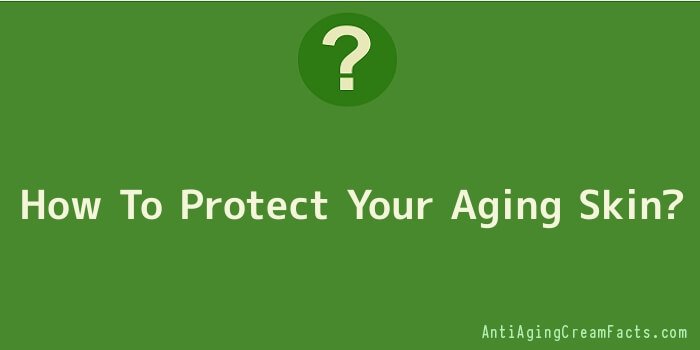
Skin is our first line of defence from external hazards. Battle scars sustained in the process may be inevitable, yet with foresight the damage can be limited.
EVERYDAY Environmental hazards
It is irrefutable that environmental factors undermine skin integrity. In our offices and homes, the arid atmosphere generated by air-conditioning and central heating leaches moisture from the skin, encouraging a dry, taut and potentially sensitive surface.
Outside, further threats await. Cold winds dehydrate and stress the skin, especially by contrast – going straight from a warm room into icy air gives skin scant time to adjust its temperature and circulation setting. Atmospheric pollution creates a further risk by triggering the action of free radicals – destructive molecules within the skin itself.
Free radicals are opportunist, super-oxygenated molecules that cruise the bloodstream ready to pick on weak and ailing cells. As members of the body’s “clean-up” squad they play a key role in natural tissue breakdown. But they are also highly excitable. Smoking, traffic fumes and sunlight all trigger free radical activity.
Free radicals oxidize skin lipids both between cells and on their surface. To neutralize the damage, skin chemicals are released notably the anti-inflammatory interleukin-II. In the skin’s blanket attempt to neutralize toxic activity, cells themselves become casualties.
Antioxidant ingredients in skin creams help counteract environmental damage, but the best way to avoid excessive skin cell destruction is to minimize your skin’s exposure to pollution and sunlight.
SUNLIGHT – A glaring danger
Skin colour depends on a natural brownish pigment called melanin. Melanin is produced by cells called melanocytes, situated at intervals between cells in the dermis. All skins from Scandanavian pale to Ethiopian mahogony – contain the same quota of melanocytes, but the melanocyte cells of some skins are more efficient producers of melanin than others.
The function of melanin is to act as a natural sunscreen that absorbs and filters ultraviolet rays so they cannot reach and damage the dermis. Sunlight stimulates the melanocytes to produce melanin to stave off UV radiation.
Consequently, people who originate from nearest the equator have the most efficient melanocytes, while those of Northern European origin have the most inefficient, and are therefore at greatest risk from sun damage. Freckles indicate unevenly distributed melanin and poor protection against ultraviolet damage.
Is It Worth Getting A Tan?
Whereas moderate sunlight enables the skin to synthesize vitamin D, excessive sun is the single greatest threat to skin health. Dermatologists estimate that 80 per cent of lines, wrinkles, sagging and coarsening are directly caused by ultraviolet light. Countless comparisons between the weather-beaten faces of octogenarians and their smoother, seldom exposed body zones show how a lifetime under the sun leaves its mark.
Sunlight ages the skin and creates a potential cancer risk. It used to be thought that only the “burning” ultraviolet-B rays posed a threat. Now, it is known that whereas 95 per cent of these short-wave rays are absorbed by the epidermis, 80 per cent of so-called “tanning” ultraviolet-A rays penetrate down to the dermis.
Here, they undermine the skin’s structure by distorting DNA and RNA at the cell’s nucleus and distorting collagen and elastin arrangements. This damage is both cumulative and largely irreversible.
Distorted cells reproduce inefficient mutations, resulting in an increase in the number of lines and wrinkles, a decrease in firmness and elasticity, and an epidermis that no longer retains moisture as it should.
